
USS John C. Stennis (CVN-74)

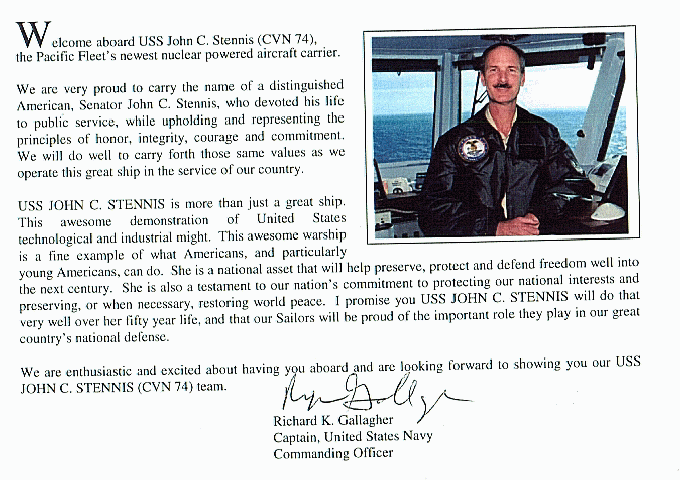
In October, I was very fortunate to be invited by the UCLA Navy ROTC program, along with several other UCLA faculty and staff, to be part of a UCLA contingent to visit and tour the USS John C. Stennis (thanks Donna!). Commander James Trotter, the Executive Officer for the UCLA Navy ROTC program was our guide (left most in the picture of our group below).

We left on early Sunday morning for the ride down to San Diego, to the Coronado Island base. The USS Stennis, which is the latest of the Navy's aircraft carriers, was about 75 miles off the coast performing routine training. During our two day stay we were provided a tour of the ship. We were also allowed to speak with any of the men and women serving on the ship to find out more about their duties and the day-to-day aspects of their lives as well as to further understand what it's really like in the service of our country.
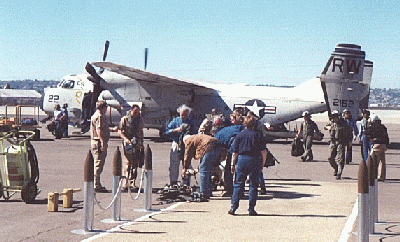
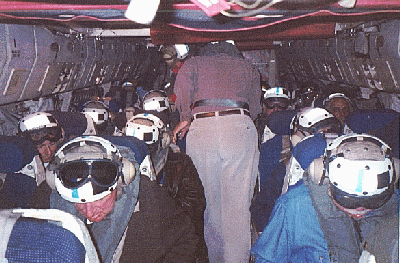
Our trip out to the USS Stennis was to be on a C2 cargo plane. This plane is exaclty that - a cargo plane with some seats that can be removed to allow more space if needed. The plane is used primarily to make daily trips to various ships to deliver the mail, parts, personnel, etc. The inside is your basic gutted plane made to do what it's intended for which is not to fly people in luxury! One of the most amazing parts of this trip was witnessing, and being a part of, the arrested landings and the take-offs of the planes on a aircraft carrier. For C2's, the seats are rear facing. So for the arrested landing, in which the C2 stops from 160 mph to zero in 2 seconds, you are thrown back into your seat when the plane lands and snags the arresting wire; for the catapult launch, you are thrown out of your seat (no matter how tight you are strapped in) as the plane does zero to 135 mph in 1.6 seconds!
![]() For
most people this amount of G force would be a once in a lifetime
experience. But since I have a 1981 Volkswagen Vanagon w/ a
four-cylinder 2000cc engine, I'm used to it.
For
most people this amount of G force would be a once in a lifetime
experience. But since I have a 1981 Volkswagen Vanagon w/ a
four-cylinder 2000cc engine, I'm used to it.

The USS John C. Stennis
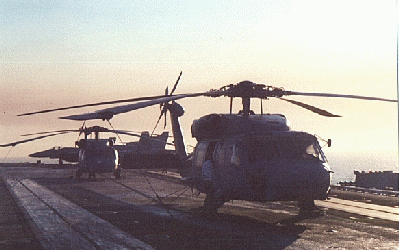
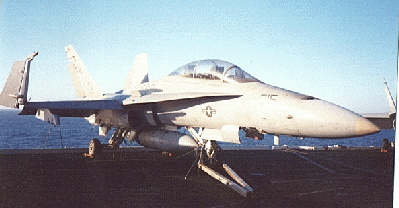
During a break in training, we were allowed to walk out on the deck. The surface area of the deck we were told is the length of five football fields. Above are two of the Helo's and a F18. On the second level is the storage hanger where the planes are kept. The hanger can hold 72 planes. There are two elevators which can transport three planes at a time from the hanger to the deck.


During our visit the ship was providing the final test for new pilots. These pilots have been in school and training for up to two years and now was the time for their testing of all they have been through. Each pilot has to fly unassisted and perform a required number of day and night carrier landings.


I can't say enough about what a priviledge it was to be invited on this once in a lifetime trip. Thanks again to all of the UCLA Navy ROTC people as well as all the men and women serving on the USS John C. Stennis.